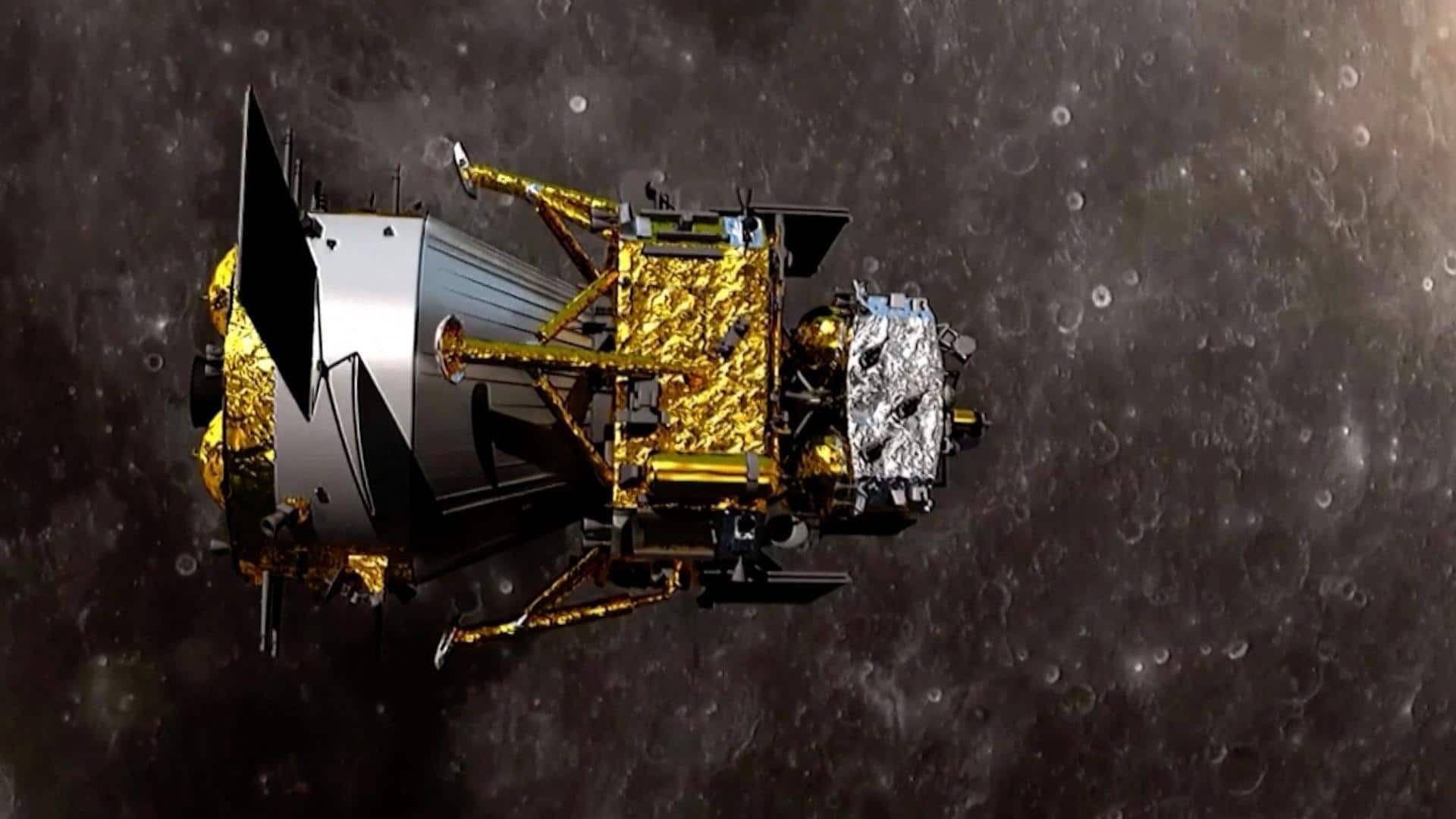
China's Chang'e-6 successfully lands with samples from Moon's far side
What's the story
China's Chang'e-6 spacecraft has successfully returned to Earth today after a nearly two-month-long space journey. The probe, carrying approximately 2kg of lunar samples from the Moon's far side, landed in the Inner Mongolia region. These are the first-ever specimens from the Moon's far side to be returned to Earth, continuing China's successful lunar exploration series that started in 2007.
Scientific expectations
Chang'e-6 mission aims to answer fundamental lunar questions
The far side of the Moon, often inaccurately termed as the 'dark side,' receives plenty of sunlight but is not visible from Earth. However, it has distinct characteristics. It possesses fewer plains, more craters and a thicker crust compared to the near side that we observe. Zongyu Yue, a geologist at the Chinese Academy of Sciences, said that the samples from Chang'e-6 are expected to reveal the geological activity that is responsible for the differences between the Moon's two sides.
Mission timeline
Chang'e-6's journey: From launch to return
The Chang'e-6 probe was launched from Hainan on May 3 and landed at the edge of the South Pole-Aitken basin, the oldest and deepest crater on the Moon, on June 1. Using a mechanical scoop and drill, it spent two days gathering lunar rock and dust from its surroundings and beneath the surface. The samples were launched from the lunar surface and docked with the orbiter on June 6. The orbiter began its return journey to Earth on June 21.
Space ambitions
Chang'e-6: A milestone in China's space program
The Chang'e-6 mission is a significant achievement for China's space program under President Xi Jinping. The successful launch from the far side of the Moon was described by Chinese state news agency Xinhua as "an unprecedented feat in human lunar exploration history." China's ambitious space plans include sending a crewed mission to the Moon by 2030 and building a lunar base, despite concerns from the US about potential military objectives.